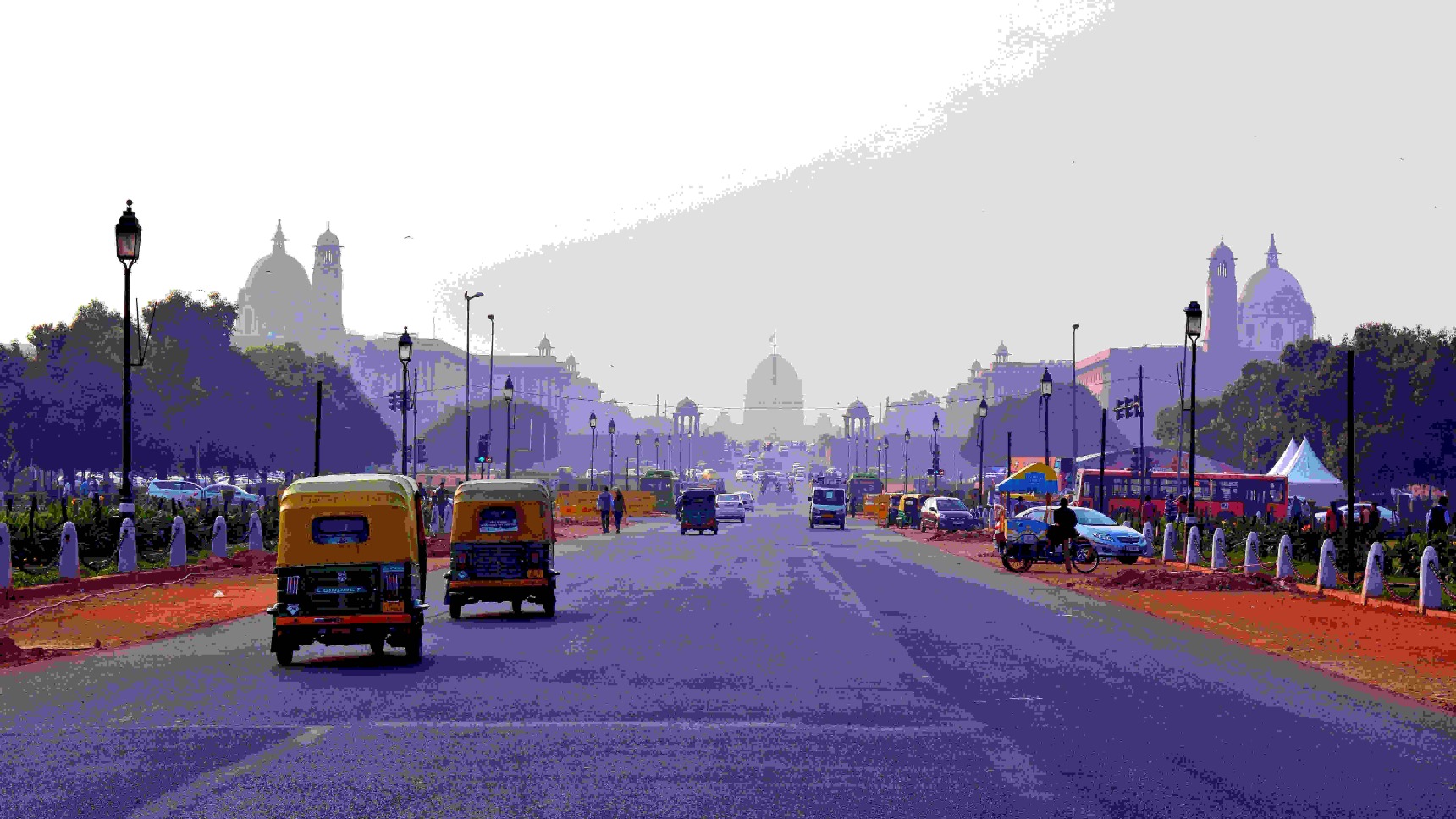New Delhi: A Geological Perspective
New Delhi is a city with a rich geological history. The city is located on the southern edge of the Aravalli Range, and to the north is the Indo-Gangetic Plain. New Delhi is also located in an earthquake-prone region. The city's geological history has shaped its development, and the city's location in an earthquake-prone region is a reminder of the natural hazards that can affect the city.
The Aravalli Range
New Delhi is located on the southern edge of the Aravalli Range, a mountain range that runs through northwestern India. The Aravalli Range is thought to have formed about 700 million years ago, when the Indian and Eurasian tectonic plates collided. The collision caused the Indian plate to be thrust over the Eurasian plate, forming the Aravalli Range.

The Indo-Gangetic Plain
To the north of New Delhi is the Indo-Gangetic Plain, a vast lowland region that is home to a large population of people. The Indo-Gangetic Plain is formed from the sediments of the Indus and Ganges rivers, which have been flowing through the region for millions of years. The sediments have filled in a large basin, forming the Indo-Gangetic Plain.
Earthquakes
New Delhi is located in an earthquake-prone region. The Indian plate is still moving northward, and the collision with the Eurasian plate is causing stress to build up in the region. This stress can be released in the form of earthquakes. The most recent major earthquake in the region occurred in 2001, when a magnitude 7.7 earthquake struck Gujarat, India. The earthquake caused widespread damage in Gujarat and neighboring states, including New Delhi.
Conclusion
New Delhi is a city with a rich geological history. The city is located on the southern edge of the Aravalli Range, and to the north is the Indo-Gangetic Plain. New Delhi is also located in an earthquake-prone region. The city's geological history has shaped its development, and the city's location in an earthquake-prone region is a reminder of the natural hazards that can affect the city.